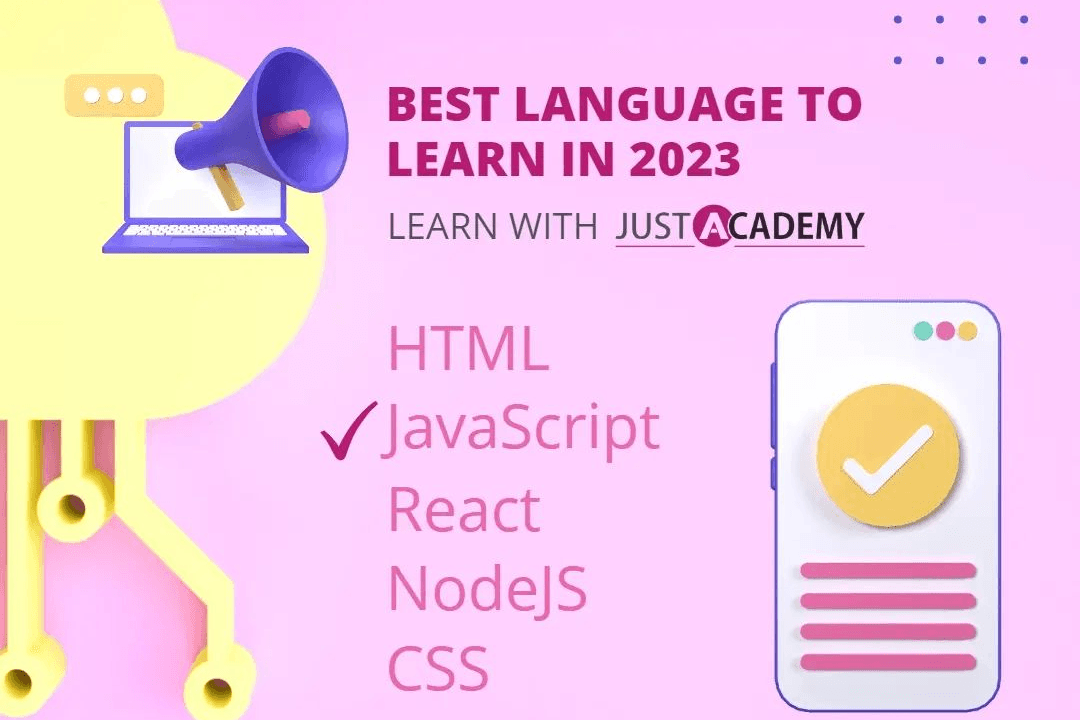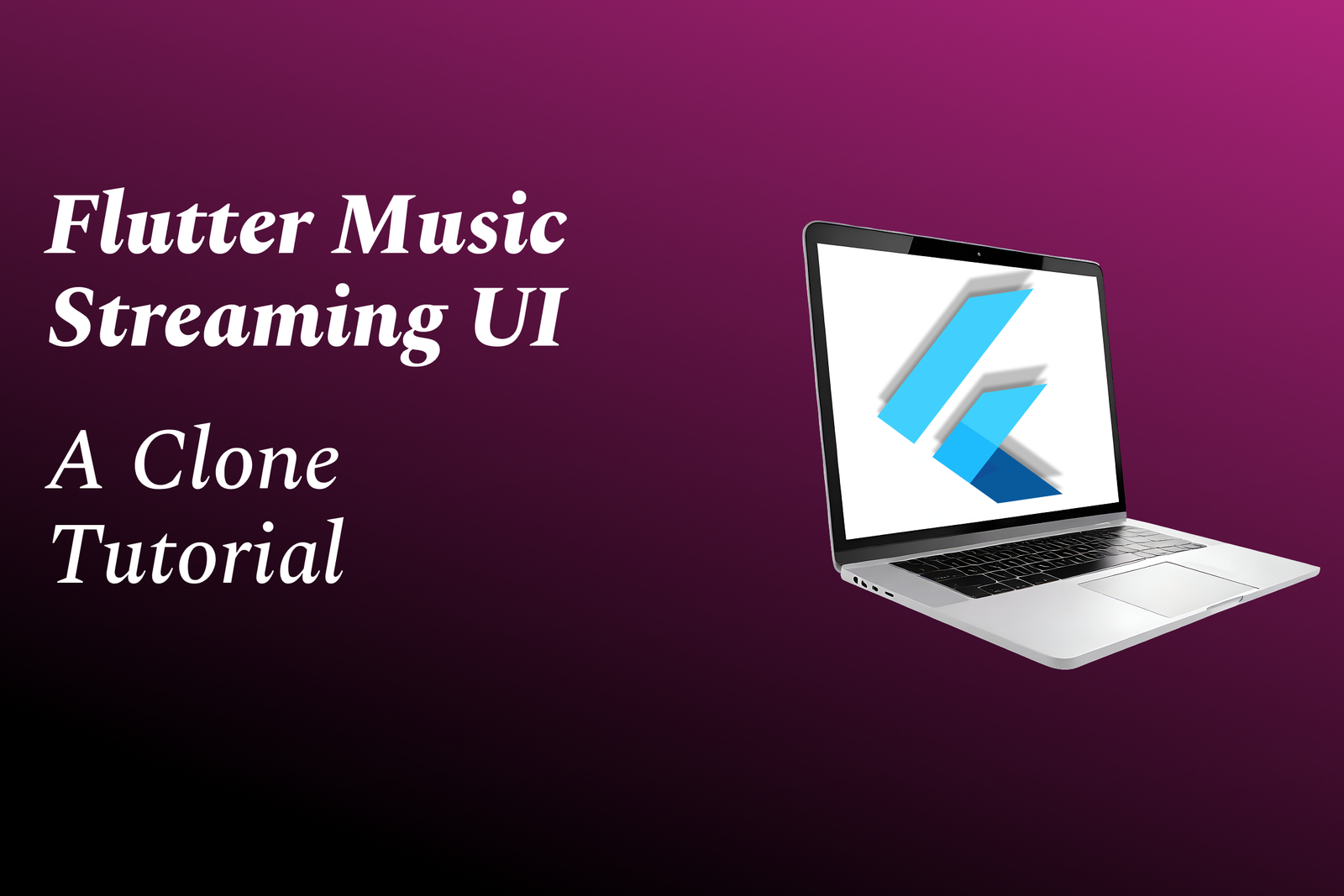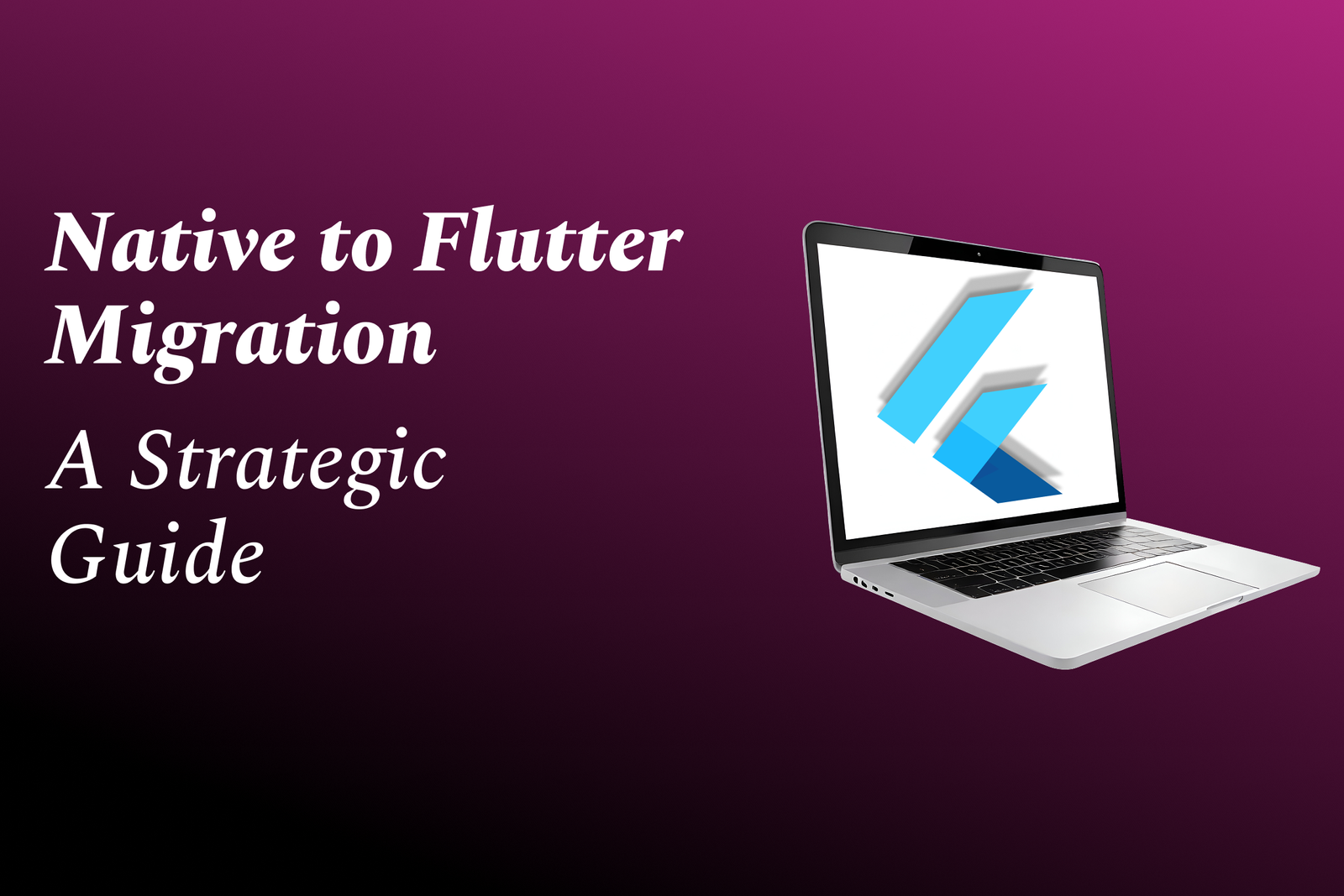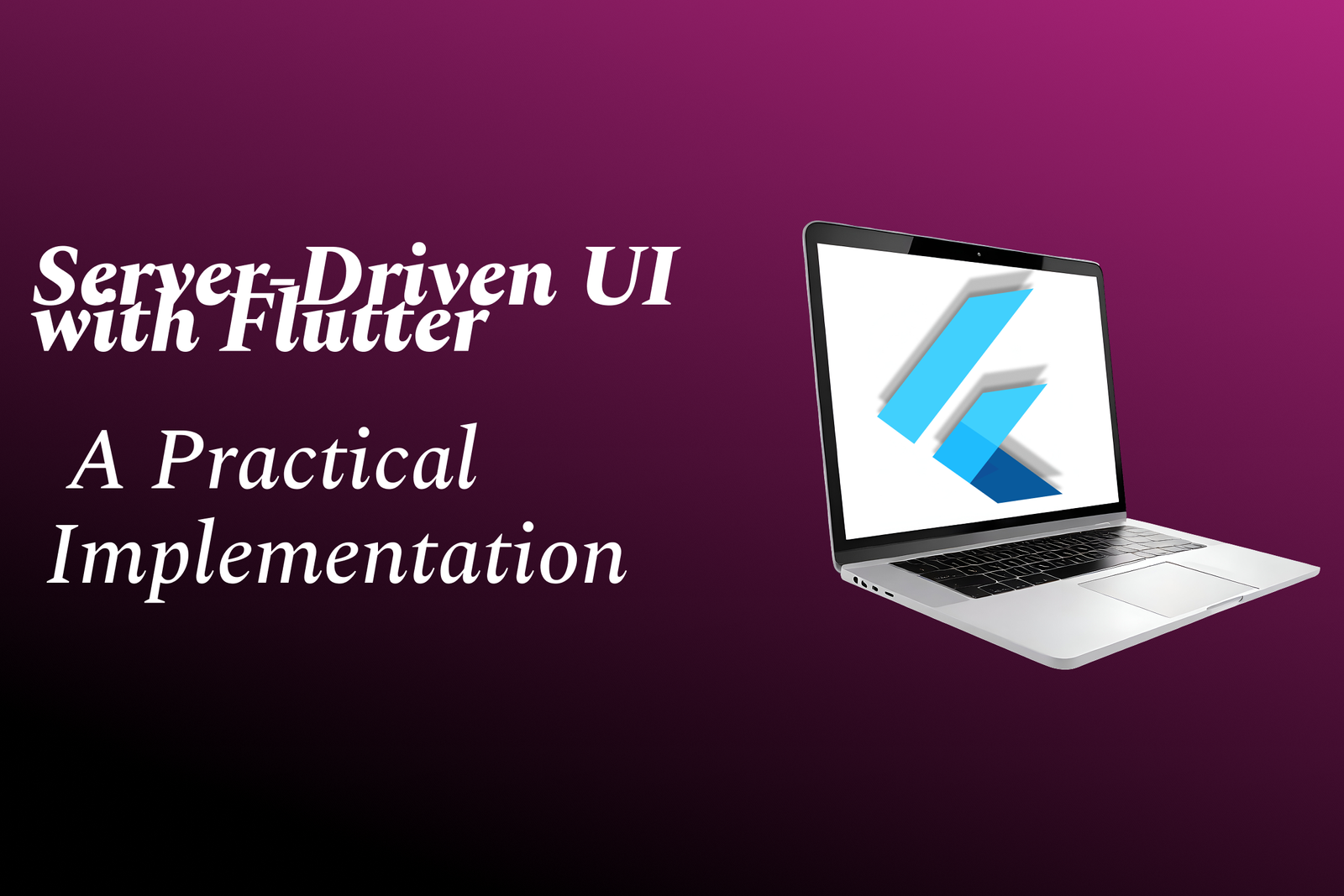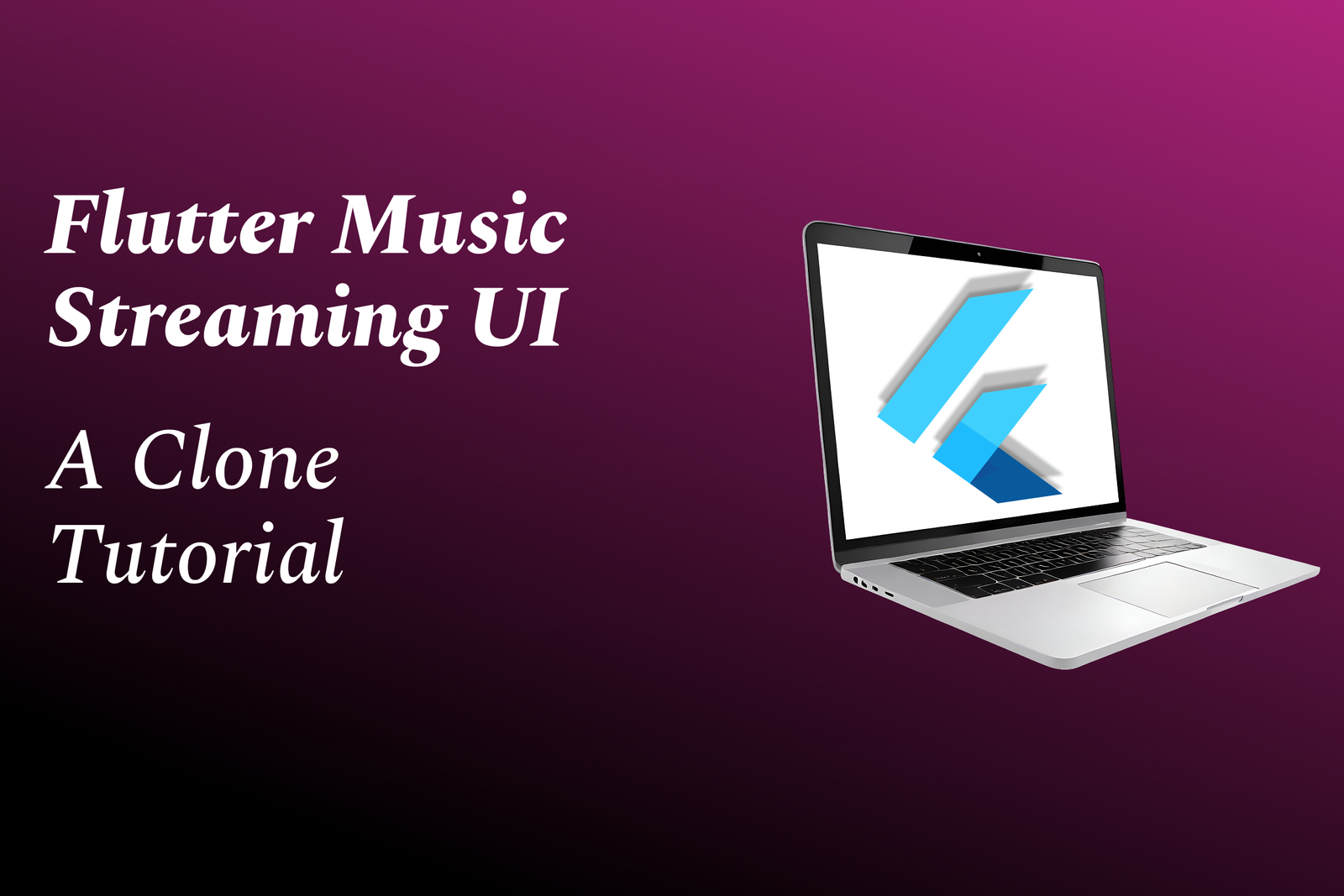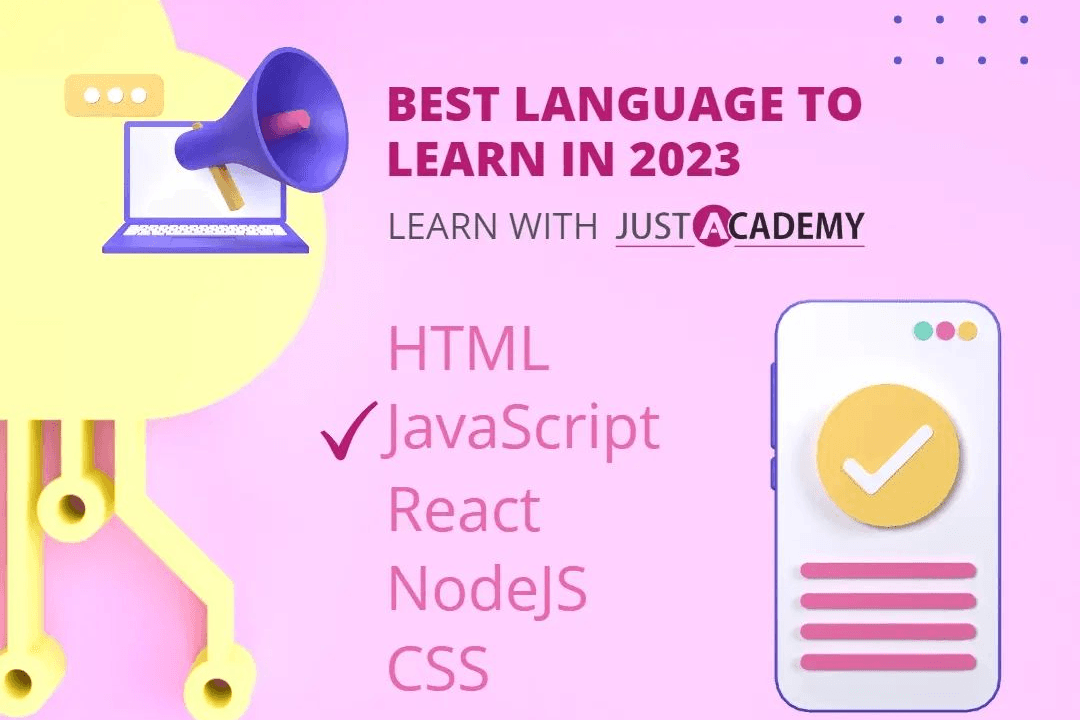How to Call Java Program in PHP
Integrating Java programs with PHP involves executing Java code from a PHP environment to leverage t
How to Call Java Program in PHP
Calling Java programs from PHP is useful for integrating the robustness and extensive libraries of Java with the flexibility and ease of PHP for web development. By executing Java code directly from PHP, developers can leverage Java's powerful features—such as complex data processing or enterprise-level functionalities—within a PHP-based application. This seamless interaction enables building scalable and efficient applications where PHP handles the user interface and frontend, while Java manages backend processing, ensuring optimal performance and resource utilization.
To Download Our Brochure: https://www.justacademy.co/download-brochure-for-free
Message us for more information: +91 9987184296
Calling Java programs from PHP is useful for integrating the robustness and extensive libraries of Java with the flexibility and ease of PHP for web development. By executing Java code directly from PHP, developers can leverage Java's powerful features—such as complex data processing or enterprise level functionalities—within a PHP based application. This seamless interaction enables building scalable and efficient applications where PHP handles the user interface and frontend, while Java manages backend processing, ensuring optimal performance and resource utilization.
Course Overview
The “How to Call Java Program in PHP” course teaches you to seamlessly integrate Java applications with PHP, enabling you to execute Java code from PHP scripts. It covers essential techniques for bridging the two technologies, including setting up the environment, using Java Native Interface (JNI), and executing Java programs via command-line or server-side methods. This course empowers developers to combine Java’s robustness with PHP’s flexibility for creating dynamic, scalable web applications.
Course Description
Learn to seamlessly execute Java programs from PHP, enabling integrated, scalable web applications through practical techniques like environment setup, JNI, and command-line execution.
Key Features
1 - Comprehensive Tool Coverage: Provides hands-on training with a range of industry-standard testing tools, including Selenium, JIRA, LoadRunner, and TestRail.
2) Practical Exercises: Features real-world exercises and case studies to apply tools in various testing scenarios.
3) Interactive Learning: Includes interactive sessions with industry experts for personalized feedback and guidance.
4) Detailed Tutorials: Offers extensive tutorials and documentation on tool functionalities and best practices.
5) Advanced Techniques: Covers both fundamental and advanced techniques for using testing tools effectively.
6) Data Visualization: Integrates tools for visualizing test metrics and results, enhancing data interpretation and decision-making.
7) Tool Integration: Teaches how to integrate testing tools into the software development lifecycle for streamlined workflows.
8) Project-Based Learning: Focuses on project-based learning to build practical skills and create a portfolio of completed tasks.
9) Career Support: Provides resources and support for applying learned skills to real-world job scenarios, including resume building and interview preparation.
10) Up-to-Date Content: Ensures that course materials reflect the latest industry standards and tool updates.
Benefits of taking our course
Functional Tools
1 - REST API (Representational State Transfer): REST APIs are a widely used method for enabling communication between Java and PHP applications. By developing Java services that expose REST endpoints, PHP scripts can perform HTTP requests to interact with these services. This approach simplifies cross language communication, promotes platform independence, and allows integration over standard web protocols. Setting up REST APIs involves creating controllers in Java using frameworks like Spring Boot and consuming these APIs in PHP using cURL or HTTP libraries. Learning this tool equips students with the ability to build scalable and loosely coupled systems, essential for modern web applications.
2) SOAP Web Services: SOAP (Simple Object Access Protocol) provides a protocol based approach for communication between Java and PHP programs. Java applications can publish SOAP web services that expose methods and data in a standardized XML format, which PHP can consume using built in SOAP clients. This method ensures secure, reliable, and structured communication suitable for enterprise grade applications requiring transactional integrity. Students will learn how to create WSDL files, generate client stubs, and handle SOAP messages, empowering them to integrate legacy and modern systems seamlessly.
3) Middleware Protocols and Message Brokers: Middleware solutions like Apache Kafka, RabbitMQ, or ActiveMQ act as intermediaries in Java PHP communication. These message brokers support asynchronous messaging, allowing Java programs to send messages that PHP applications can consume independently. This decouples the systems, enhances scalability, and improves fault tolerance. Students gain skills in configuring message queues, publishing/subscribing patterns, and managing message serialization, preparing them for building distributed and event driven architectures.
4) PHP Extensions for Java Integration: PHP offers extensions like Java Bridge or PHP/Java Bridge that facilitate direct invocation of Java code within PHP scripts. These tools embed Java Virtual Machine (JVM) instances into PHP, enabling real time method calls, object instantiation, and data exchange without the need for separate web services. This approach simplifies development for projects that require tight coupling and rapid data processing. Students will understand how to set up and configure these bridges, manage JVM instances, and handle the data translation between PHP and Java objects.
5) Command Line Interface (CLI) and System Calls: Using system commands, PHP scripts can execute Java programs stored locally or accessible via command line. This involves invoking Java jar files or class files through PHP’s `exec()` or `shell_exec()` functions. Data can be passed using command line arguments, files, or standard input/output streams. This method offers a quick, straightforward way to integrate Java functionalities without complex setup but is less scalable. Learners will explore best practices, error handling, and security considerations involved in executing external processes.
6) File Based Communication: For simple integrations, PHP and Java programs can communicate through shared files—writing output to file in one language and reading it in another. This technique is useful for batch processing or when real time interaction is not critical. Students will learn how to manage concurrent file access, ensure data consistency, and optimize performance to avoid bottlenecks. This foundational approach helps in understanding the basics of inter process communication before moving to more sophisticated tools.
7) Database as a Message Bus: Utilizing databases like MySQL or PostgreSQL as an intermediary can facilitate Java PHP interactions. Java programs can write data or status updates into specific tables or queues, which PHP scripts monitor and process accordingly. This approach allows persistence, auditability, and integration with existing data infrastructures. Training covers designing database schemas, implementing polling or triggers, and managing data synchronization efficiently, preparing students for building robust, data driven applications.
8) XML and JSON Data Formats: When exchanging data between Java and PHP, serialization formats like XML and JSON are essential. Java can serialize objects into JSON/XML, and PHP can parse and process this data for further use. Students will learn to handle serialization/deserialization, validate data integrity, and optimize transfer formats for speed and efficiency. Mastery of these data formats ensures smooth interoperability across different systems and technologies.
9) Version Control and Collaboration Tools: Incorporating tools like Git allows teams to manage codebases involving Java and PHP seamlessly. Version control facilitates tracking changes, collaborating on complex integrations, and maintaining code quality. Training on branching strategies, pull requests, and code reviews prepares students for professional development environments where cross language projects are common.
10) Containerization and Cloud Deployment Platforms: Tools like Docker enable encapsulating Java and PHP applications within containers for consistent development and deployment. Using Docker Compose or Kubernetes, students can orchestrate multi container setups, ensuring environment consistency across development, testing, and production. This practice enhances scalability, portability, and resource efficiency, aligning with current industry standards for deploying cross platform systems.
11 - WebSocket Integration: Implementing WebSockets allows real time bidirectional communication between Java backend services and PHP frontend applications. Java applications can create WebSocket servers that push updates instantly, while PHP can connect as a client to send and receive live data streams. This setup is ideal for live dashboards, chat applications, or real time notifications. Students will learn how to establish WebSocket connections, handle message events, and ensure secure data transfer in full duplex communication environments.
12) gRPC Protocol Integration: gRPC is a high performance, language agnostic RPC (Remote Procedure Call) framework developed by Google. Java services can expose gRPC endpoints, which PHP clients can call using generated stubs. This method offers efficient, low latency communication suitable for microservices architecture, handling complex data types with Protocol Buffers serialization. Training covers defining service interfaces, generating client/server code, and managing connection protocols, enabling students to develop scalable distributed systems.
13) Server Sent Events (SSE): SSE enables servers to push automatic updates to clients over HTTP. Java servers can implement SSE endpoints that PHP applications subscribe to for real time data feeds. This approach is suitable for live sports updates, financial tickers, or real time feeds. Students will explore setting up SSE streams, handling reconnection logic, and optimizing server performance for persistent connections.
14) External API Integration with OAuth 2.0: Many third party services offer APIs that require secure authentication protocols like OAuth 2.0. Java can handle OAuth token retrieval and management, exposing APIs that PHP applications consume for external data or functionalities. Learning this process equips students to securely integrate with cloud services, social media platforms, or SaaS providers, ensuring secure, authorized data exchange.
15) Data Serialization with Protocol Buffers: Protocol Buffers (protobuf) provide efficient, compact serialization formats for data exchanged between Java and PHP. Java applications serialize data into protobuf binary format, and PHP deserializes it for processing. This method reduces bandwidth and improves performance in high volume data transactions. Training includes designing schema files, encoding/decoding messages, and integrating protobuf libraries across both languages.
16) Cloud Based Integration Platforms: Utilizing cloud services like AWS Lambda, Azure Functions, or Google Cloud Functions enables serverless integration workflows. Java functions can generate events or data payloads that trigger PHP based functions or workflows. This event driven architecture supports scalable, low maintenance integrations suitable for distributed environments. Students will learn how to design, deploy, and connect cloud functions, harnessing the benefits of pay as you go services.
17) Using Microservices Architecture: Developing independent Java and PHP microservices that communicate over lightweight protocols (REST, gRPC, message queues) promotes flexible, scalable system design. Students will learn best practices for API design, service discovery, load balancing, and security. This knowledge prepares them for building complex, enterprise grade applications with modular components.
18) API Gateway and Management Platforms: Tools like AWS API Gateway, Kong, or Apigee centralize the management, security, and monitoring of APIs used across Java and PHP applications. Through these platforms, students learn to implement authentication, rate limiting, analytics, and versioning, ensuring efficient and secure API consumption across diverse systems.
19) Automating Deployment and CI/CD Pipelines: Integrating Java and PHP deployments within CI/CD frameworks (Jenkins, GitLab CI, CircleCI) optimizes release cycles. Students will learn to automate testing, container building, versioning, and deployment workflows, ensuring consistency across environments and rapid delivery of integrated solutions.
20) Security Best Practices in Cross Language Communication: Implementing authentication, authorization, data encryption (SSL/TLS), and secure coding standards ensures safe integration between Java and PHP applications. It’s vital for protecting sensitive data and maintaining system integrity, especially when dealing with external services and public networks. Training emphasizes threat modeling, vulnerability mitigation, and compliance standards.
21 - Monitoring and Logging Across Systems: Utilizing monitoring tools like Prometheus, Grafana, ELK stack, or DataDog enables tracking performance, error rates, and security issues across Java and PHP integrations. Effective logging facilitates debugging, auditing, and optimizing system performance. This competency is essential for maintaining reliable, scalable systems.
22) Data Caching and Optimization: Implementing caching strategies (Redis, Memcached) reduces latency and offloads repeated processing in cross system interactions. Students learn cache invalidation, data synchronization, and optimizing read/write operations for high performance and responsiveness.
23) Implementing Authentication and Single Sign On (SSO): Integrating OAuth, OpenID Connect, or SAML enables unified login experiences across Java and PHP applications. This enhances user experience and ensures secure session management, especially in enterprise environments.
24) Handling Failures and Retry Mechanisms: Building resilient systems involves implementing retry policies, circuit breakers, and fallbacks when cross language communication fails. Students will learn how to design fault tolerant interactions that uphold system stability under adverse conditions.
25) Testing and Validation Strategies: Developing unit tests, integration tests, and end to end testing frameworks ensures robust Java PHP integrations. Using tools like PHPUnit, JUnit, Postman, or SoapUI, students will learn best practices in validating communication channels, data integrity, and performance benchmarks.
26) Documentation and API Specifications: Creating comprehensive API documentation using Swagger/OpenAPI or RAML standardizes communication protocols, facilitating team collaboration and external integrations. Students understand the importance of clear specifications for maintainable and extendable systems.
27) Versioning and Backward Compatibility: Managing API versions ensures existing clients remain functional during system upgrades. Students will learn strategies for versioning endpoints, deprecating old interfaces, and maintaining backward compatibility in cross system setups.
28) Data Privacy and Compliance: Ensuring data handling complies with regulations like GDPR, HIPAA, or PCI DSS is crucial. Skills include implementing data masking, secure storage, and consent management within integration workflows, safeguarding user data across Java and PHP platforms.
29) Browser and Client Side Integration: For web applications, combining Java backend services with PHP driven frontends through AJAX, fetch API, or Web Workers enables dynamic, responsive UI experiences. Students will learn to orchestrate server client interactions seamlessly.
30) Cross Platform Development Tools and IDEs: Familiarity with integrated development environments like IntelliJ IDEA, PHPStorm, or Visual Studio Code, along with plugins for Java and PHP, streamlines development, debugging, and deployment processes. Equipping students with these tools increases productivity and code quality.
Incorporating these advanced techniques and tools into the curriculum enhances students’ capabilities in designing, developing, and maintaining robust Java PHP integrated systems, aligning with industry standards and best practices.
Browse our course links : https://www.justacademy.co/all-courses
To Join our FREE DEMO Session:
This information is sourced from JustAcademy
Contact Info:
Roshan Chaturvedi
Message us on Whatsapp: +91 9987184296
Email id: info@justacademy.co
Top-Rated Online Flutter Training Course With Placement Guarantee
Android App Maker Program
How to Call and Integrate Java Programs from PHP for Seamless Workflow
Effective Methods to Call Java Programs from PHP for Seamless Integration
Best Practices to Invoke Java Programs from PHP for Seamless Integration
Step-by-Step Guide to Calling Java Programs from PHP for Seamless Integration
